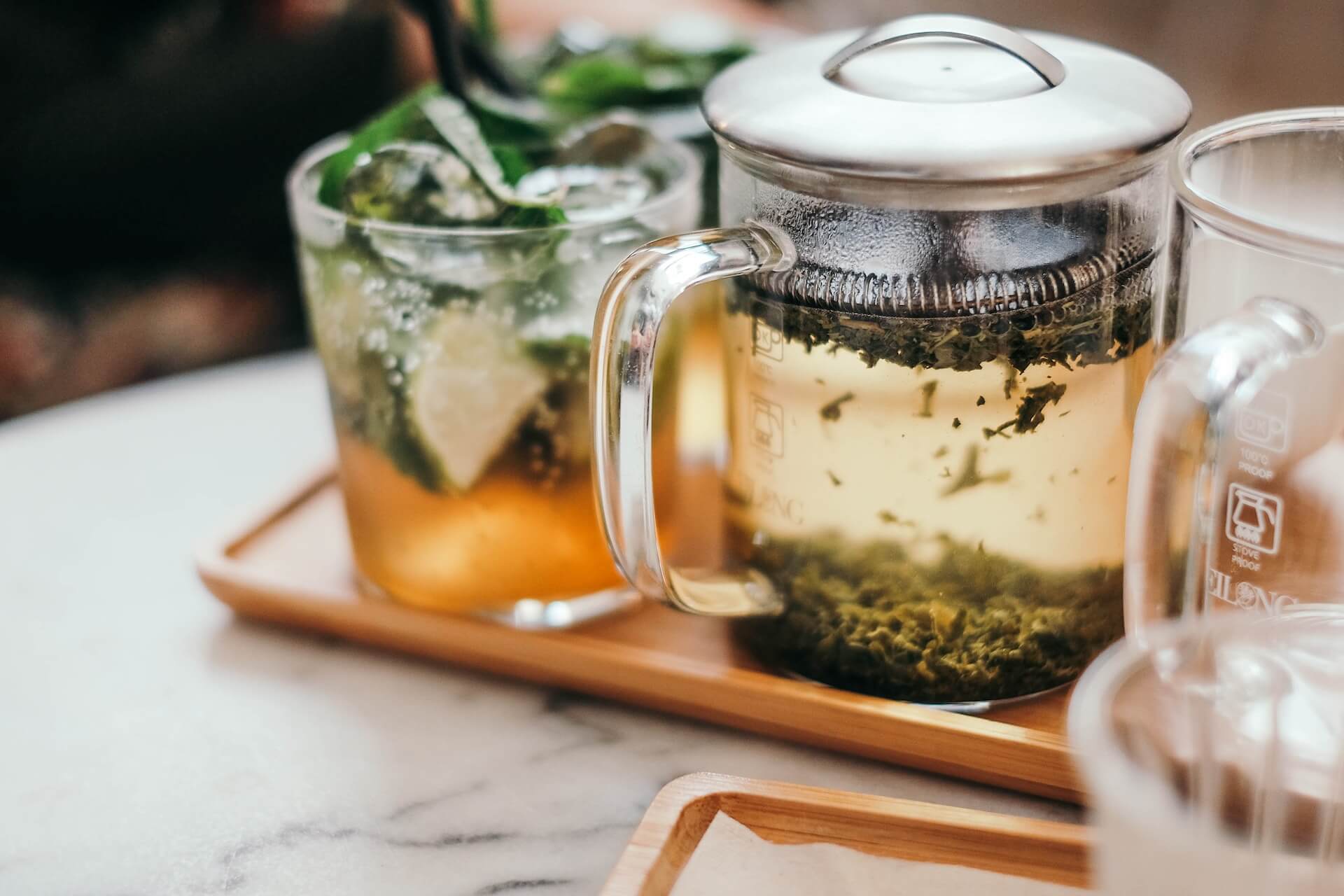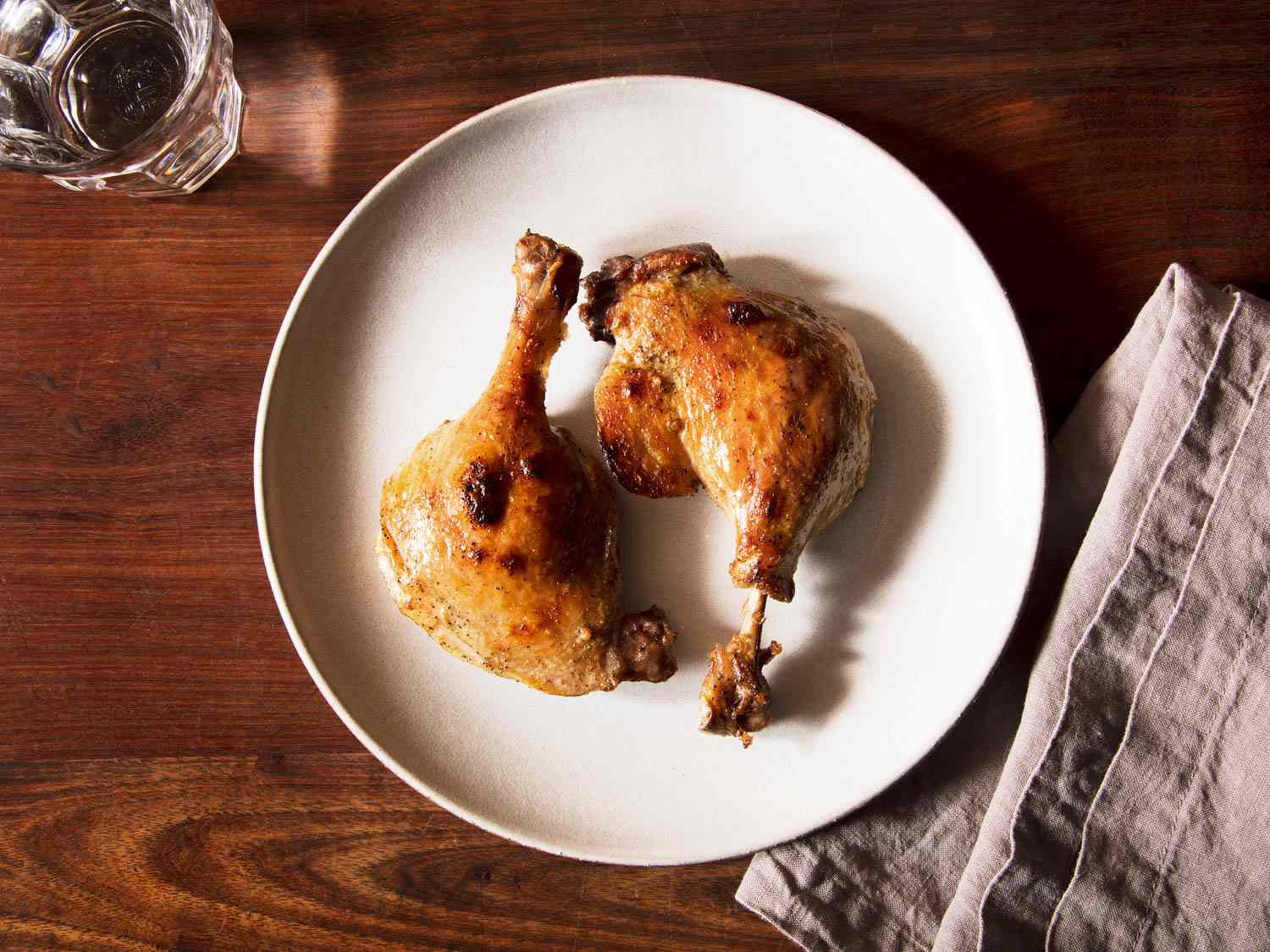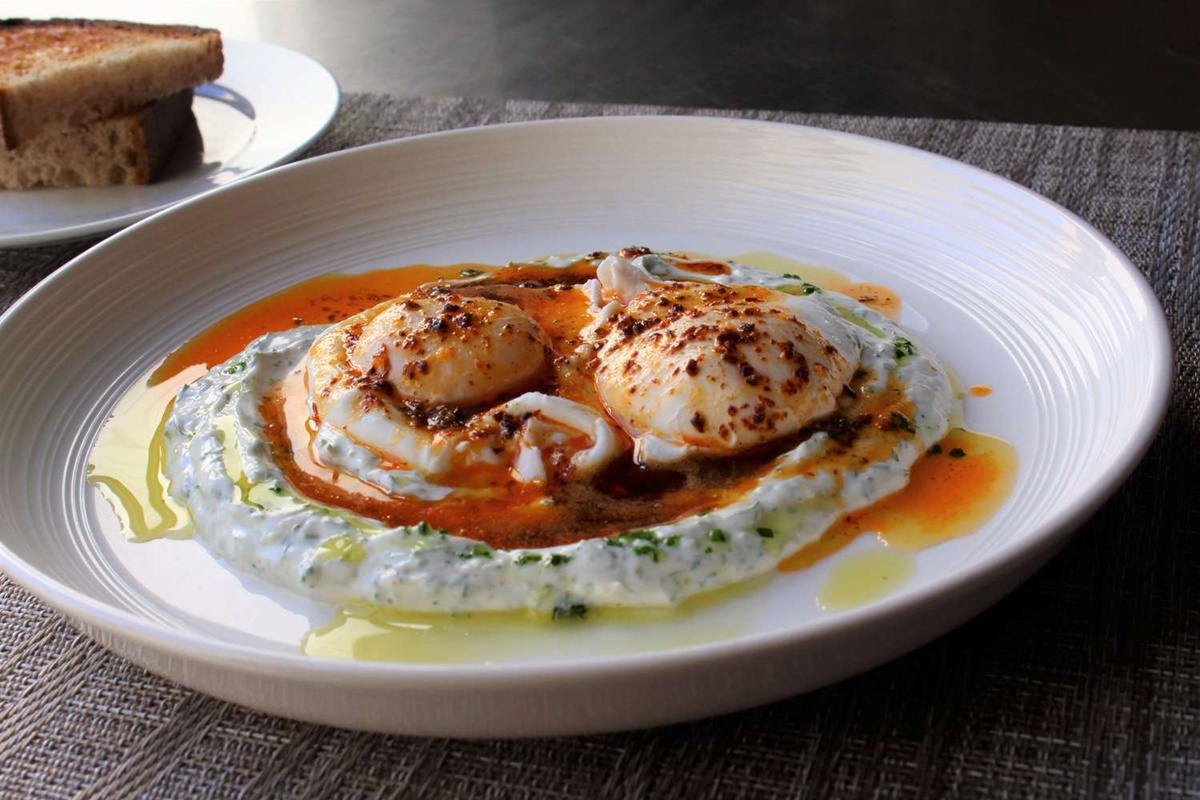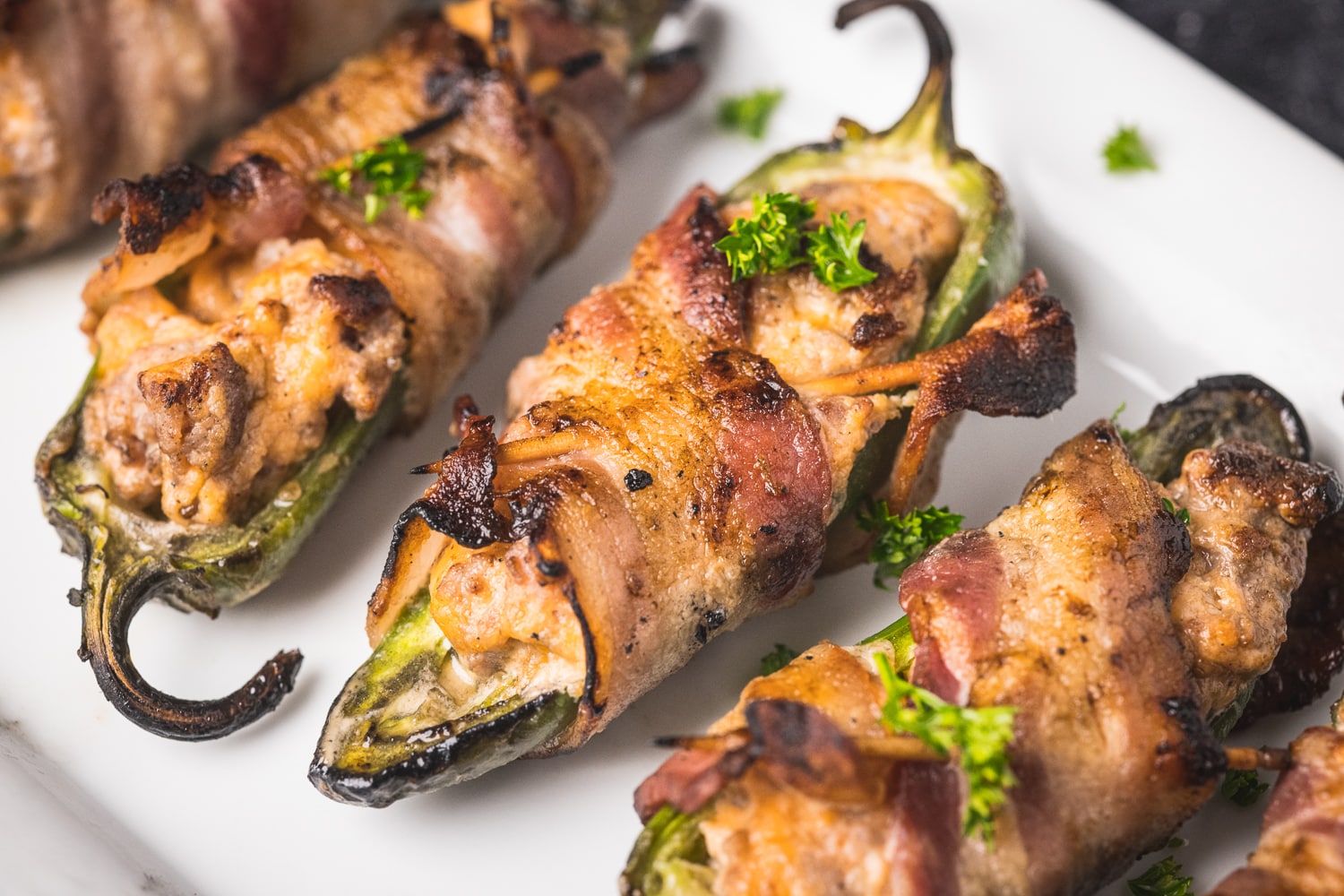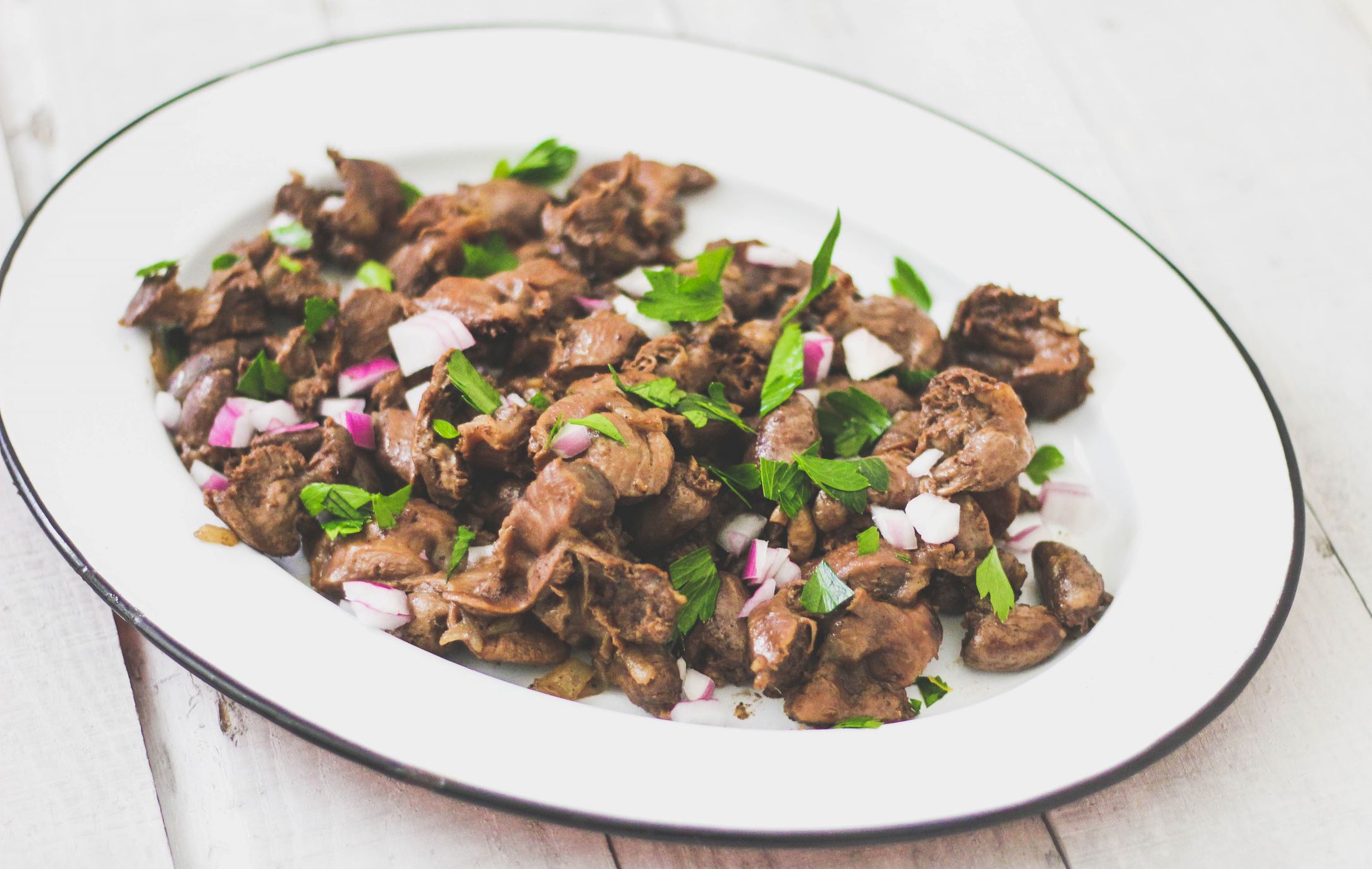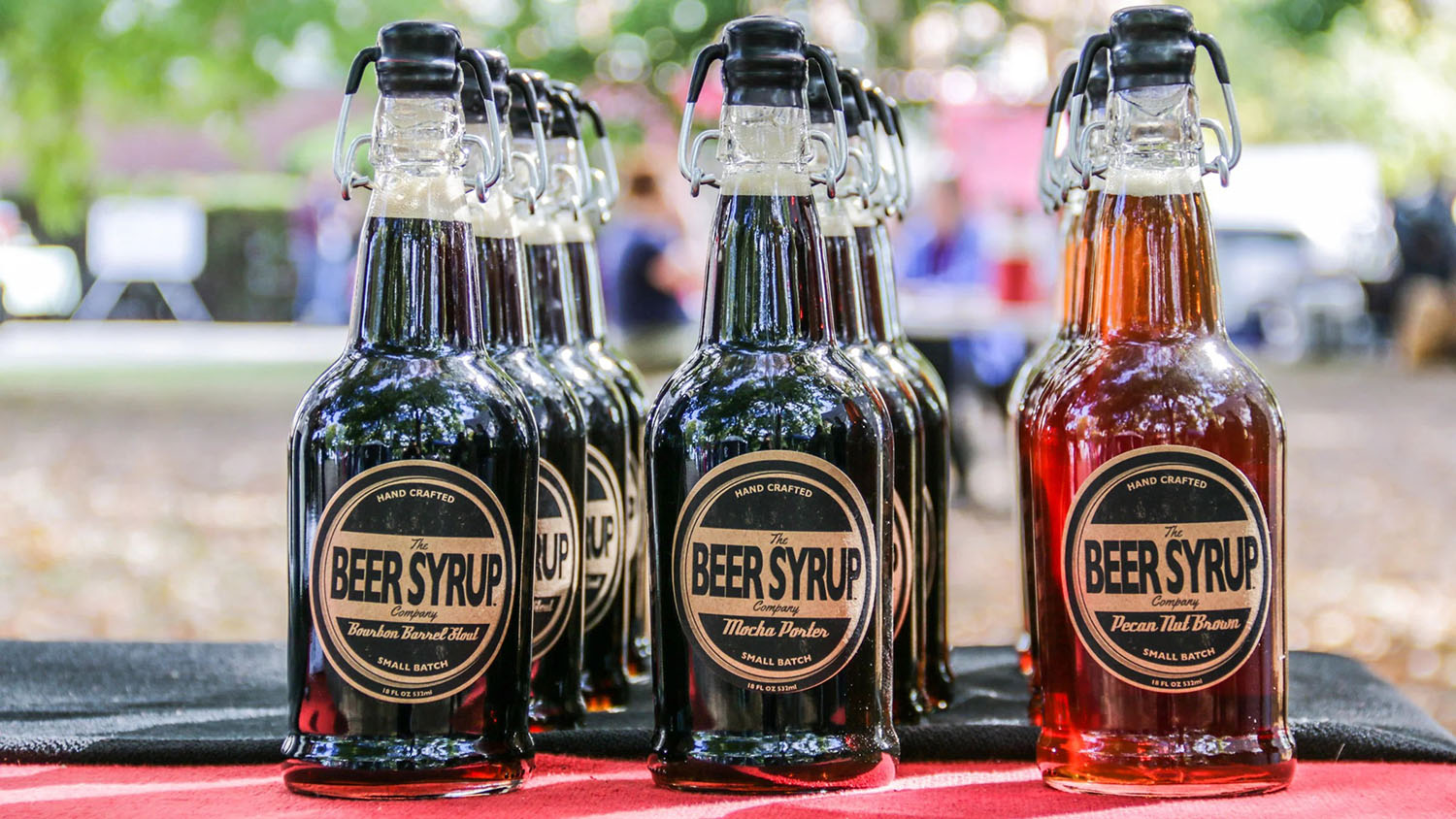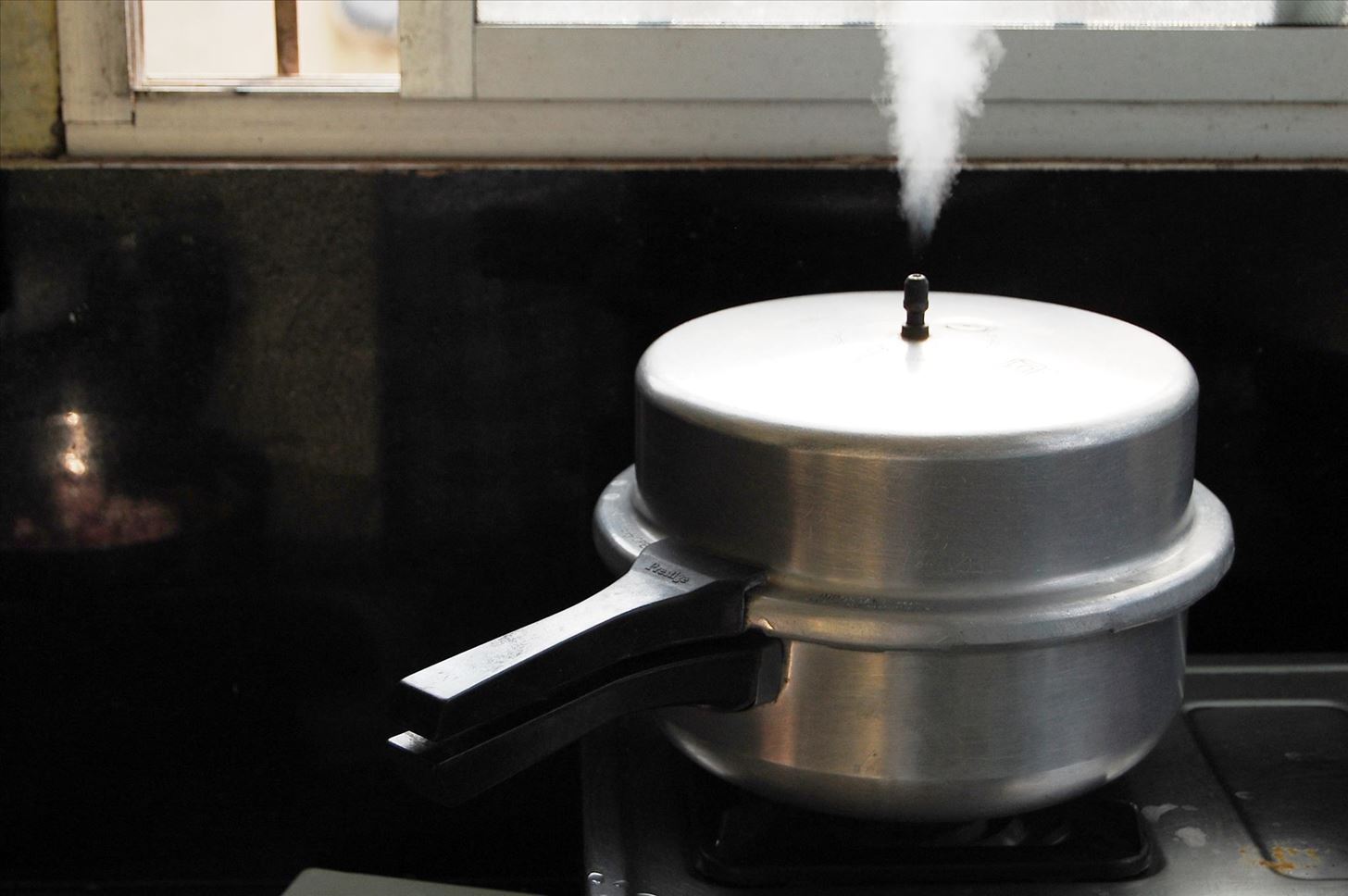Ever wondered about those herbs sitting at the back of your spice rack? Forgotten herbs like lovage, borage, and sorrel can transform everyday dishes into culinary masterpieces. These underused greens not only add unique flavors but also pack a nutritional punch. Imagine a soup with the celery-like taste of lovage or a salad brightened by the cucumber notes of borage. This article will guide you through innovative recipes that breathe new life into these overlooked herbs, making your meals both exciting and healthy. Get ready to rediscover the magic hidden in your kitchen.
Gather Your Ingredients for Innovative Recipes Using Forgotten Herbs
- Fresh lovage leaves
- Chervil, finely chopped
- Sorrel, roughly torn
- Borage flowers for garnish
- Lemon balm, minced
- Sweet cicely, finely sliced
- Angelica seeds
- Hyssop, chopped
- Marjoram, fresh leaves
- Tarragon, fresh leaves
- Salt, to taste
- Black pepper, freshly ground
- Olive oil
- White wine vinegar
- Garlic cloves, minced
- Honey
- Dijon mustard
Essential Tools for Crafting Innovative Recipes Using Forgotten Herbs
Tools Needed:
- Cutting board: For chopping herbs and other ingredients.
- Chef's knife: Essential for precise cutting and chopping.
- Measuring spoons: To measure small quantities of herbs and spices.
- Measuring cups: For larger quantities of liquids and dry ingredients.
- Mixing bowls: To combine ingredients.
- Mortar and pestle: Crush and grind herbs to release their flavors.
- Herb scissors: For finely snipping herbs.
- Colander: Rinse and drain herbs and vegetables.
- Salad spinner: Dry herbs after washing.
- Saucepan: Cook sauces or soups.
- Skillet: Sauté herbs and other ingredients.
- Baking sheet: Roast herbs or bake dishes.
- Blender or food processor: Puree herbs into sauces or pastes.
- Herb stripper: Remove leaves from stems quickly.
- Storage containers: Keep leftover herbs fresh.
- Kitchen scale: Weigh ingredients for accuracy.
- Tongs: Handle hot ingredients safely.
- Wooden spoon: Stir ingredients without scratching cookware.
- Grater or microplane: Zest citrus or grate hard herbs like ginger.
- Herb keeper: Store fresh herbs to extend their shelf life.
- Fine mesh sieve: Strain sauces or soups for a smooth texture.
Try using herbs like lovage, sorrel, and borage. These forgotten herbs add unique flavors to dishes, enhancing soups, salads, and stews with their distinct tastes and nutritional benefits.
The Importance of Innovative Recipes Using Forgotten Herbs
Forgotten herbs like lovage, sorrel, and borage offer unique flavors and nutritional benefits. Rediscovering these herbs can enhance your dishes and promote biodiversity. Using them supports sustainable agriculture and preserves culinary traditions. Incorporating these herbs into recipes can revitalize your cooking and connect you to historical food practices.
How to Make Innovative Recipes Using Forgotten Herbs Step by Step
-
Identify Forgotten Herbs
- Start with research on less common herbs like lovage, borage, sorrel, and chervil. Understanding their flavors and best uses in cooking is crucial.
-
Herb Preservation Techniques
- Learn drying and freezing methods to preserve these herbs. Drying works well for lovage and sorrel, while freezing is best for borage and chervil to retain their fresh flavors.
-
Incorporate into Everyday Dishes
- Experiment by adding chervil to omelets or lovage in potato dishes. Borage leaves can be a cucumber-like addition to salads, and sorrel can brighten soups and sauces.
-
Create Herb-Infused Oils and Vinegars
- Use borage and sorrel to infuse oils and vinegars, adding a unique twist to dressings and marinades.
-
Make Herbal Teas and Drinks
- Chervil and lovage can be steeped in hot water to make soothing teas. Borage flowers add a visual and flavor boost to summer drinks.
-
Grow Your Own
- Consider growing these herbs in your garden or windowsill for the freshest flavors. They often require minimal space and care.
-
Share with Friends and Family
- Encourage others to try these unique herbs by sharing dishes or even seedlings. Spreading knowledge helps prevent these flavors from being forgotten.
-
Experiment with Sweet Dishes
- Sorrel can add a tart contrast to sweet desserts, and borage flowers make decorative edible garnishes for cakes and pastries.
-
Blend into Smoothies and Juices
- For a health boost, add lovage or sorrel to your morning smoothie. Their nutritional benefits are as significant as their flavors.
-
Craft Homemade Herb Butters
- Mix finely chopped chervil or lovage into softened butter for a flavorful spread on bread, steaks, or vegetables.
-
Innovate with Herb-Infused Salts
- Combine sea salt with dried borage, sorrel, lovage, or chervil for a unique seasoning that elevates any dish.
-
Host a Themed Dinner Party
- Showcase these herbs by hosting a dinner where each course features one or more of them. It's a fun way to educate and impress guests.
-
Document Your Discoveries
- Keep a journal of your culinary experiments with these herbs. Note flavors, uses, and successful pairings for future reference.
A Fresh Take on Culinary Traditions
Reviving forgotten herbs in your kitchen isn't just about adding a dash of novelty to your meals; it's a journey back to the roots of traditional cooking, infused with the spirit of innovation. These herbs, once staples in ancient cuisines, offer a unique blend of flavors and health benefits, waiting to be rediscovered. By incorporating lovage, summer savory, borage, and sweet cicely into your recipes, you're not only elevating the taste profiles of your dishes but also paying homage to the rich tapestry of culinary history. Let's embrace this blend of past and present, making each meal an exploration of forgotten tastes and aromas. Your kitchen can become a place of culinary discovery, where every dish tells a story of flavors reborn and traditions celebrated.
Common Questions About Innovative Recipes Using Forgotten Herbs
What are some forgotten herbs I can use in my recipes?
Some forgotten herbs include lovage, borage, sorrel, angelica, and woodruff. These herbs have unique flavors that can add a special touch to your dishes.
How do I use lovage in cooking?
Lovage has a strong celery-like flavor. Use its leaves in salads, soups, or stews. The stems can be used like celery, and the seeds can be a spice in bread or pickles.
What dishes can I make with borage?
Borage has a cucumber-like taste. Add its leaves to salads or use them to flavor drinks like lemonade. The flowers are edible too, making a pretty garnish for desserts or cocktails.
Can I cook with sorrel?
Absolutely! Sorrel has a tangy, lemony flavor. It’s great in soups, sauces, or as a salad green. Try it in a creamy soup or mixed with spinach in a quiche.
What’s the best way to use angelica?
Angelica has a sweet, licorice-like flavor. Use its stems to make candied angelica for desserts. The leaves can flavor fish dishes, and the seeds are great in baked goods.
How do I incorporate woodruff into my recipes?
Woodruff has a sweet, vanilla-like aroma. It’s often used to flavor drinks like May wine. You can also infuse it in cream for desserts or use it to flavor jellies and syrups.


